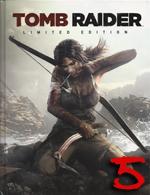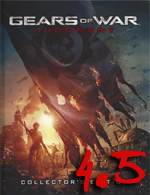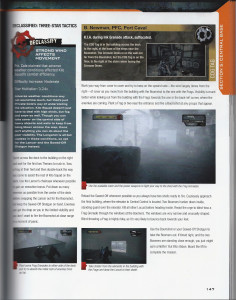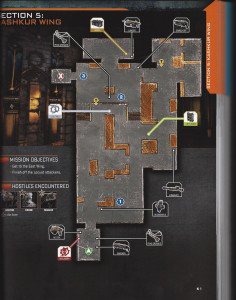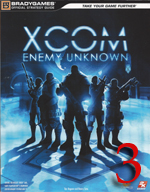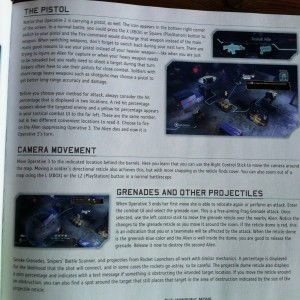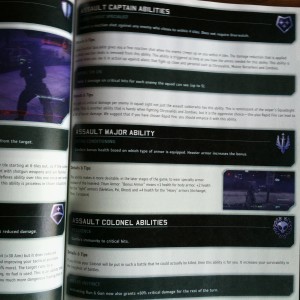Two years ago, to this very day, I came to you with my first ever video strategy guide review for Far Cry Primal. As if fate as somehow trying to tell me something, today I come baring my thoughts on Far Cry 5‘s strategy guide. You gotta love it when a plan comes together.
Hopefully I’m a bit better at this than I was so many moons ago, because it appears that Prima Games has upped their Far Cry game as well. This time around is a strong improvement over their previous installment. But why not let the video speak for itself? Without further ado, let’s dive into the Far Cry 5 strategy guide review!
SGR Rating: 4.5/5
Authors: David S.J. Hodgson and Kenny Sims
Publisher: Prima Games
Editions Available: Collector’s Edition
Acquired via Purchase
